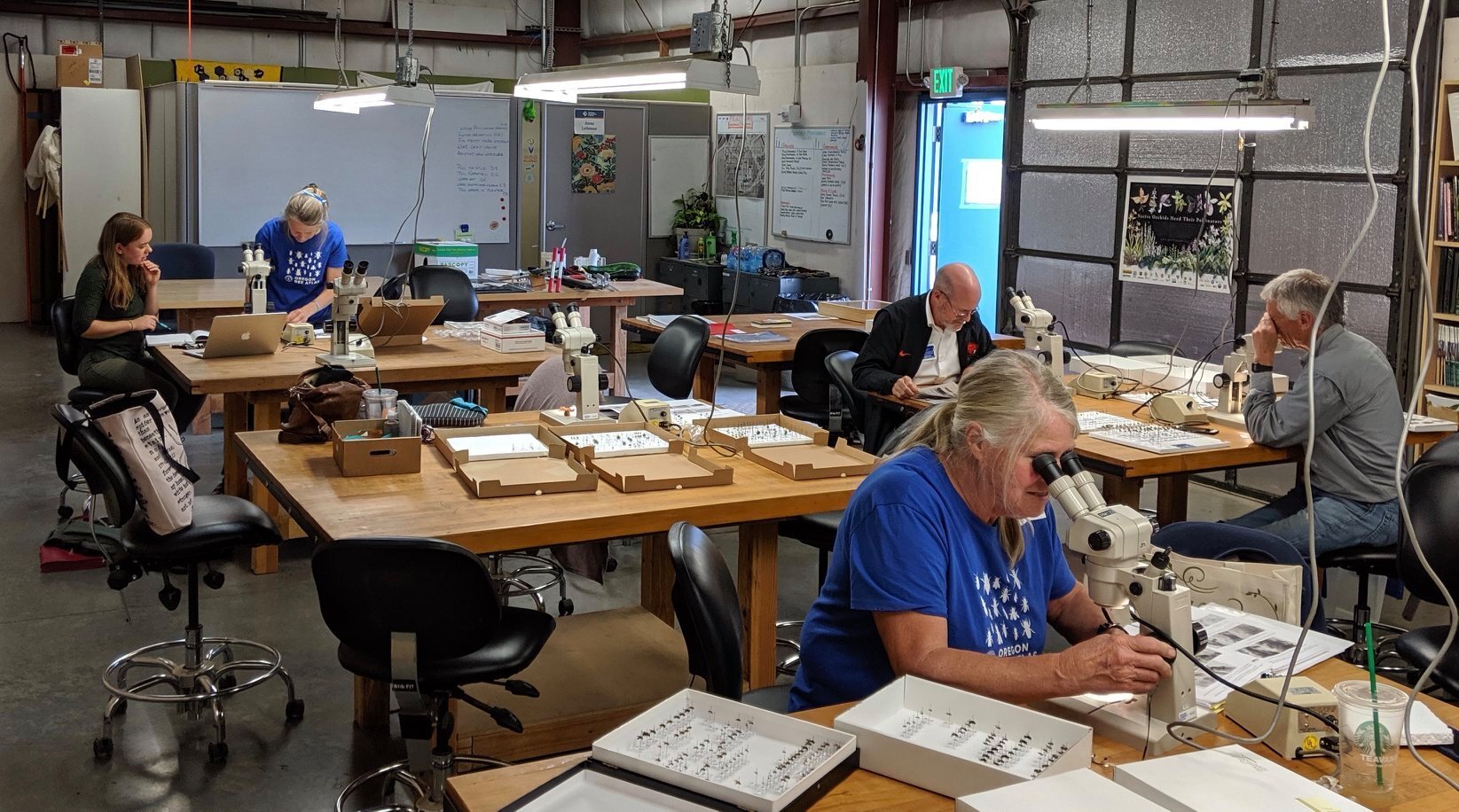1. UPCOMING EVENTS
October 19 - Saturdays at the Scopes (Portland). Bring the bees you caught this summer and look at them under the microscope (and even start the optional process of keying them out). Drop-in - Portland Community College. Landscape Bldg. #4, 17705 NW Springerville Rd., Portland. Free parking on Saturdays. 10am-4pm. Contact Missy Martin for quesions, more info, like what to bring. ohmissmissy@yahoo.com
October 26 - Saturdays at the Scopes (Corvallis). Bring the bees you caught this summer and look at them under the microscope (and even start the optional process of keying them out). Drop-in - OSU, Corvallis, Cordley Building room 3058, 10am-3pm. - map and info linked here.
Nov 2 - Nature Lab: The Bees of Oregon (OMSI, volunteer opportunity). Flex your new found knowledge of bees with the most enthusiastic young people in Oregon. One of our biggest volunteer activities of the fall. If you are interested in helping, contact Jen Holt (Jen.Holt@oregonstate.edu). 11 am - 3pm.
Nov 13 - Oregon Bee Atlas Information Session. An intro to the Bee Atlas for folks in the North Coast. Lewis and Clark National Historic Park, Astoria, OR (3:30-5:30pm)
December 5 - Eastern Oregon Bee Mini-Conference. Review the year in the Atlas in Eastern Oregon, coupled with some talks by researchers and volunteers. Hermiston, OR (10:30am-5pm) @ Hermiston Farm Fair, Hermiston, OR.
March 6, 2020 - Oregon Bee Conference. Corvallis, OR (10:00am-4pm).
Come to Portland Community College this Saturday (Oct 19) and OSU Corvallis (Oct 26) to start identifying your bees.
2. FEEDBACK ON 2018 DETERMINATIONS
Of the 11,000 specimens in 2018, you all determined around 3,800 bees to species. That’s an amazing 35% of the bees! Great work! Moreover, at the level of genus you correct 78% of the time. That’s OUTSTANDING!
If you are curious how you did - if you want to see what bees gave you trouble, click the spreadsheet link below and it will take you to a listing of bees. Linc’s determinations are highlighted in green. (see image above). Yours in blue. If you see that you correctly identified a bee, but it says ‘FALSE’, please correct the entry by writing ‘TRUE’ (all caps). Also, notice that Linc only went to species on bees critical to the grant. In many cases he has only genus level determinations. Again, great job everybody - we are so proud of you.
LINK TO SPREADSHEET
NOTE: Just a reminder, you don’t need to identify your bees. If you have finished collecting and want to submit your bees, please do anytime between now and the end of January 2020. You can drop your bees off at the OSU campus or your local extension center (email Andony - Andony.Melathopoulos@oregonstate.edu - before you drop your bees at an Extension office).
3. DETERMINATION ENTRY AND LABELS
For those of you embarking on the challenge of identifying your bees, you need a way to indicate what you think the bee is. The best way to do this is to put a label (under your location label) with your DETERMINATION (i.e., what you have determined the bee to be). This is also known as a DET label.
These can be simple hand written pieces of paper, but sometimes its easier to get the printer to do the repetitive work - like your name and the year (see image to the right). Ideally you will use card stock and write with archival pen. Linc has provided his own labels (formatted in Microsoft Word) you can copy. Just use the Find-Replace function to replace Linc’s name with your and away you go.
Linc also uses pre-typed labels for common genera. See here for an example.
Below are some other tips from Linc:
You can ID to whatever level you are confident. You can apply sex and caste as well. For queens I will use the female sex symbol with two small lines, like horns, on the head, as a crown. I dont’ know if there's a real symbol to indicate the monarch.
spp. is plural of sp. These mean species which is not a latin word (I think?), so it doesn't get italicized.
Use the full name, genus and species. I print pages for the common genera with the genus name printed on.
Genus name and specific epithet get italicised, as do all latin words.
Try to use an abbreviated short of your given names, and full surname.
Use sex symbols if possible
As you work through your bees you can help speed work on our end by entering your determinations in using the following Google Sheet.




